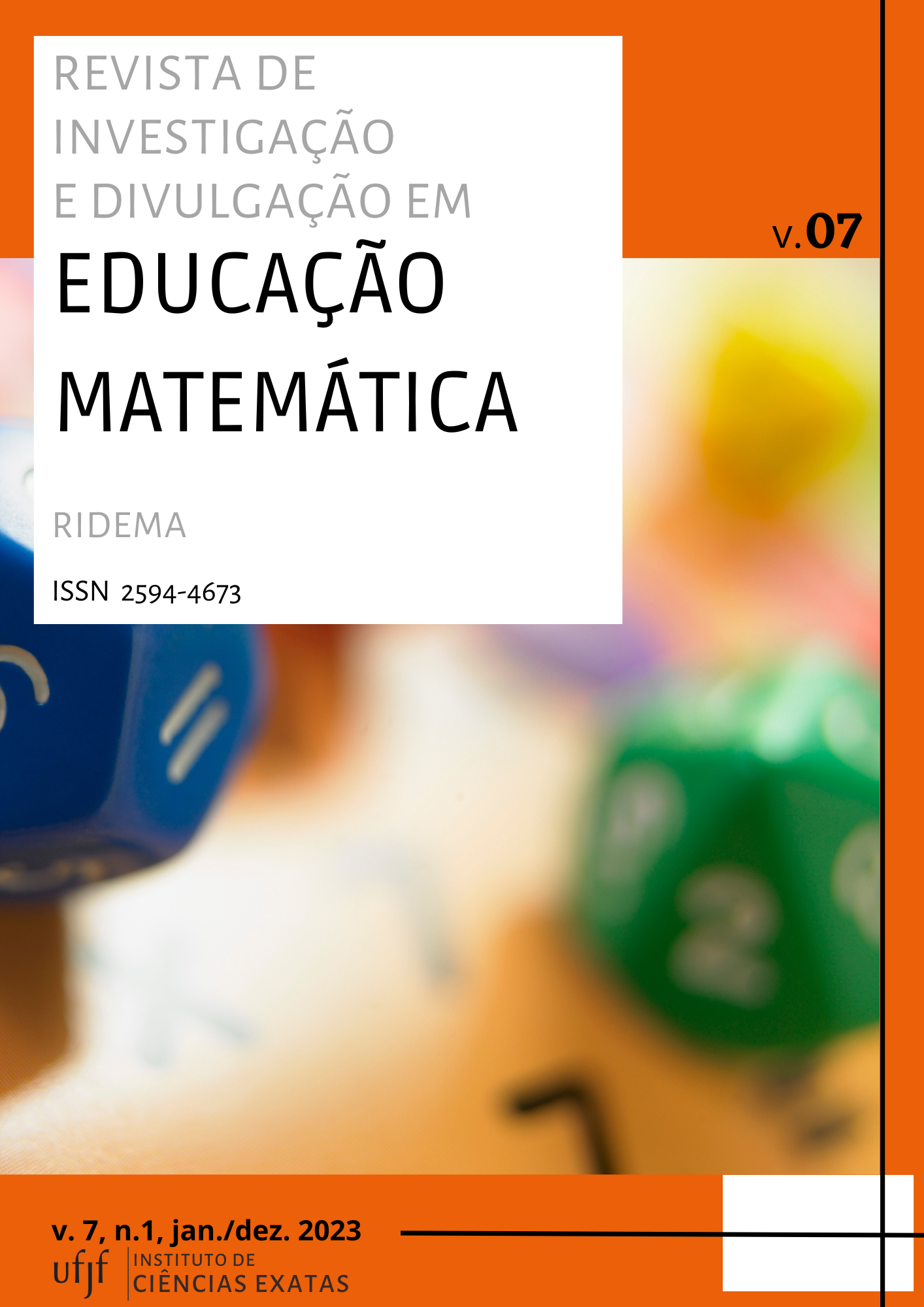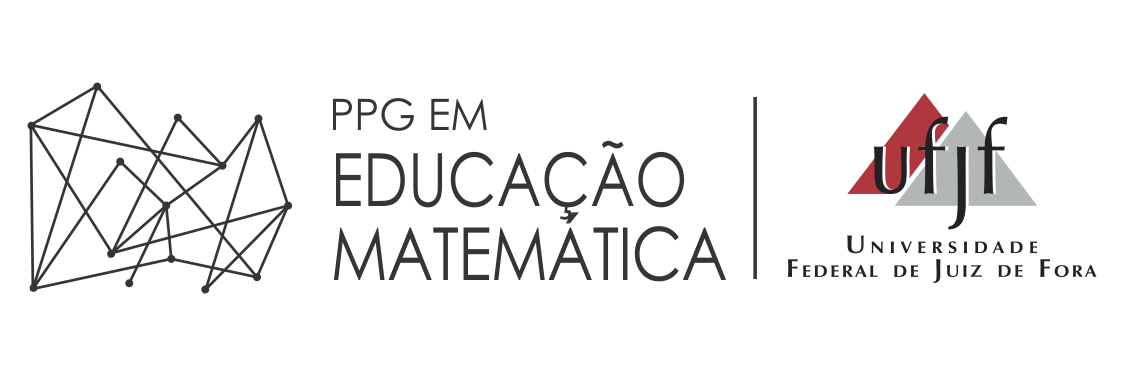A didactic sequence for teaching limit and continuity
DOI:
https://doi.org/10.34019/2594-4673.2023.v7.39325Keywords:
Mathematics Education, Limit, Continuity, Calculus, Didactic sequenceAbstract
This article deals with the analysis of a didactic sequence designed to teach limit and continuity of functions from a real variable to real values. The sequence was carried out remotely with the participation of 20 students of the Mathematics Degree course at a public university in Amazonas. For the elaboration of such sequence, the definition of didactic sequence proposed by Zabala (1998) was used. Data were collected from observations, online questionnaires, filming and recording of interactions. Considering the participation and performance of students and the intrinsic difficulties of remote teaching, especially of non-elementary concepts of Calculus, we can conclude that the didactic sequence proposed in this study showed evidence that it can contribute to the teaching and learning process of limit and continuity of functions. As a perspective for future studies, we envision the analysis of the application of this didactic sequence in classroom teaching.
Downloads
Metrics
References
ALMOULOUD, S. A. Fundamentos da didática da matemática. Editora UFPR, 2007.
ANACLETO, G. M. C. Uma investigação sobre a aprendizagem do Teorema Fundamental do Cálculo. Dissertação (Mestrado), Pontifícia Universidade Católica, São Paulo, 2007.
ANTON, H.; DAVIS, S. Cálculo. Tradução: Claus Ivo Doering. Porto Alegre: Bookman. v.1, 1a ed., 2014.
BARBOSA, M. A. O Insucesso no ensino e aprendizagem na disciplina Cálculo Diferencial e Integral. Dissertação (Mestrado), Pontifícia Universidade Católica, Curitiba, 2004.
BROUSSEAU, G. Theory of Didactical Situations in Mathematics: Didactique des mathematiques 1970-1990. In: Balacheff, N.; Cooper, M.; Sutherland, R.; Warfield, V. (trans and eds.). Dordrecht: Kluwer Academic Publishers,. 2002.
CRESWELL, J. W. Projeto de Pesquisa: métodos qualitativo, quantitativo e misto. 3. ed. Porto alegre: Artmed, 2010.
DE OLIVEIRA, Maria Cristina Araújo; RAAD, Marcos Ribeiro. A existência de uma cultura escolar de reprovação no ensino de Cálculo. Boletim Gepem, n. 61, p. 125-137, 2012.
ELON, L. Curso de Análise. Rio de Janeiro: Projeto Euclides IMPA, v.2, 2009.
GIL, A. C. Como elaborar projetos de pesquisa. 4. ed. São Paulo: Atlas, 2008.
OLIVEIRA, Maria Marly de. Sequência didática interativa no processo de formação de professores. Petrópolis: Vozes, 2013.
ROBERT, A.; SPEER, N.. Research on the teaching and learning of calculus/elementary analysis. In: The teaching and learning of mathematics at university level. Dordrecht: Springer, 2001. p. 283-299.
STEWART, J.. Cálculo. São Paulo: Pioneira Thomson Learning, v. 1, 2016.
THIOLLENT, M.. Metodologia da Pesquisa-Ação. São Paulo: Cortez, 1985.
ZABALA, Antoni. A prática educativa como ensinar. Tradução: Ernani F. da F. Rosa. Reimpressão 2010. Porto Alegre: Artmed, 1998.



























